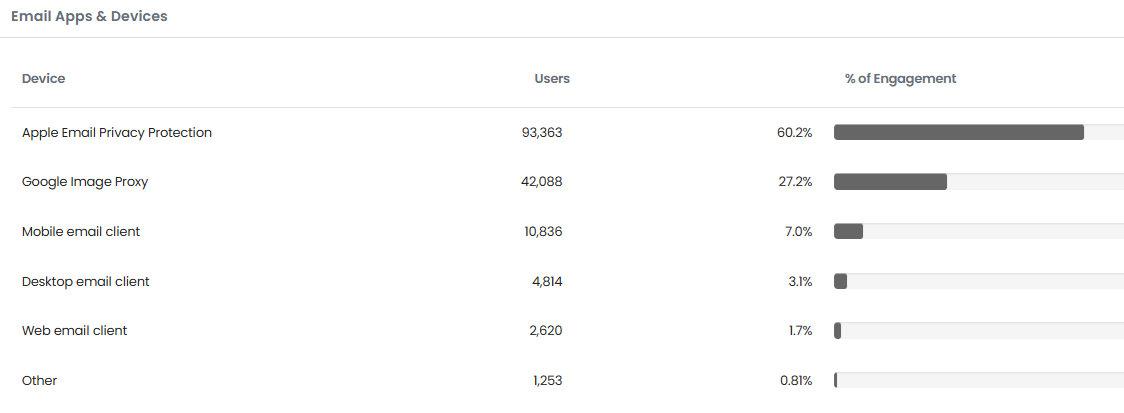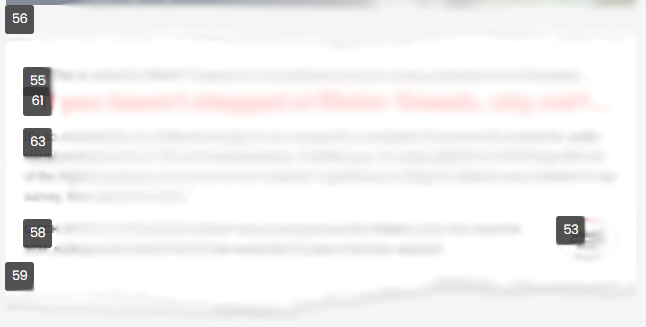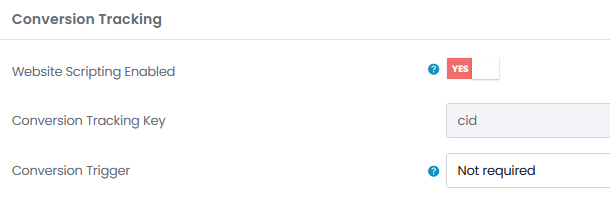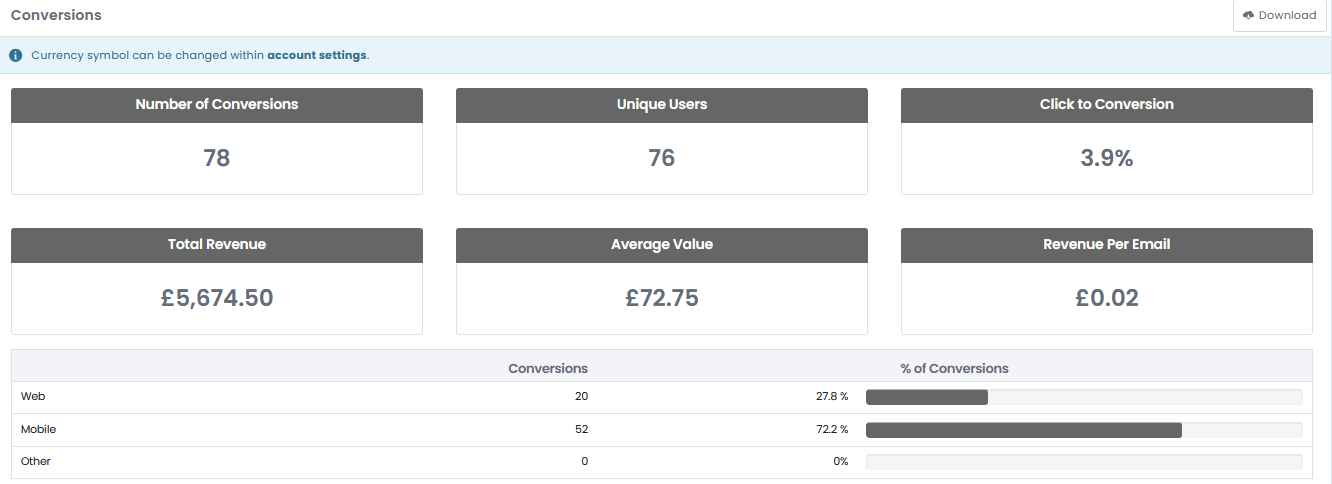Does anyone remember the good old days when your campaign report was full of lovely metrics that told you perfectly how your email campaign had performed?
What’s wrong with my metrics?
With companies like Apple implementing Mail Privacy Protection (MPP) and Google using a proxy server to open emails to hide identity and add security (a noble cause of course) this somewhat blew up the open metric. It was never 100% reliable in the first place as it was measured by a 1×1 pixel image being downloaded, but at least before it had to be your user doing it. Now any user with MPP or Google Proxy in place shows up as an open, irrespective of what they actually did.
Want to do a resend to non-openers?
It used to be a good idea, but now you’re going to miss out on a lot of people that never saw your email. It’s still worth doing, but the effect will be watered down. Some clients see up to almost 90% of their openers obscured!

Well what can you do with that?
Testing subject lines?
Subject line tests should be random, so you’d hope the non-openers that get caught up in the test is fairly evenly split and won’t affect the outcome. But the trust is gone. The next obvious candidate for campaign success is click rates. This may not be ideal for testing subject lines, as that behaviour is likely driven by the email content.
But that’s okay, right? Openers are one thing, but what you are really trying to do is drive people to your website or another call to action. So, we can just stick with click through rates?
Alas, mail scanners and spam filters are now throwing a spanner into the works!
They are for the protection of the recipient, testing links to ensure there is no malicious content lurking. Fair enough. But these clicks annoyingly appear as genuine at first glance, ruining our new go-to fallback stat.
Want to automate a response to people that did or didn’t click on a link?
Your click may now be unreliable, leaving people scratching their heads over receiving an irrelevant follow-up email.
What can be done?
Openers
Is there a solution to the openers issue? Not really – I think across the board everyone accepts this is now pretty much a “dead” metric – only worth comparing relatively to see if your campaigns are trending in any particular direction with no real other insight to offer.
Clickers
Is there a solution to a clickers problem? First you need to identify if it is an actual problem for you. A heatmap is a nice way to spot it especially if a banner is sliced up with lots of clickable areas – if all areas show very similar numbers, you know something is up.

Then you need to look in the raw data and remove any records that show multiple clicks and clicks within an excessively quick time period (e.g. 1 second) which would be the expected behaviour of a “good” bot but not a human (unless you possess superpowers). This will help you clean up your report and give a much more accurate picture of the campaign performance.
Automation
How about automation? You could assign a specific link to a workflow and if clicked, send out a follow-up email. A bit risky now. If you want to trigger something as a direct result of a show of interest on a link, it may have to end up being on an external landing site. Say, a form they can fill out then trigger the follow-up. A clunkier user journey for sure, but a more reliable solution, nonetheless.
Conversion tracking
As a retailer the next solution to measuring the success of your campaign is easy. Switch the focus to conversion tracking. Knowing how many sales your email campaign has generated is now the most reliable metric. If your campaign is not sales-driven, it is also still possible to still return a “conversion”. You just need to capture a desired result e.g. landing on a specific page you wanted, which can provide added insights.
It is getting harder for us long suffering email marketers to truly gauge the success of our campaigns. But by being creative and focusing on what really matters we can still work out what is going on and use these insights to keep on improving.




